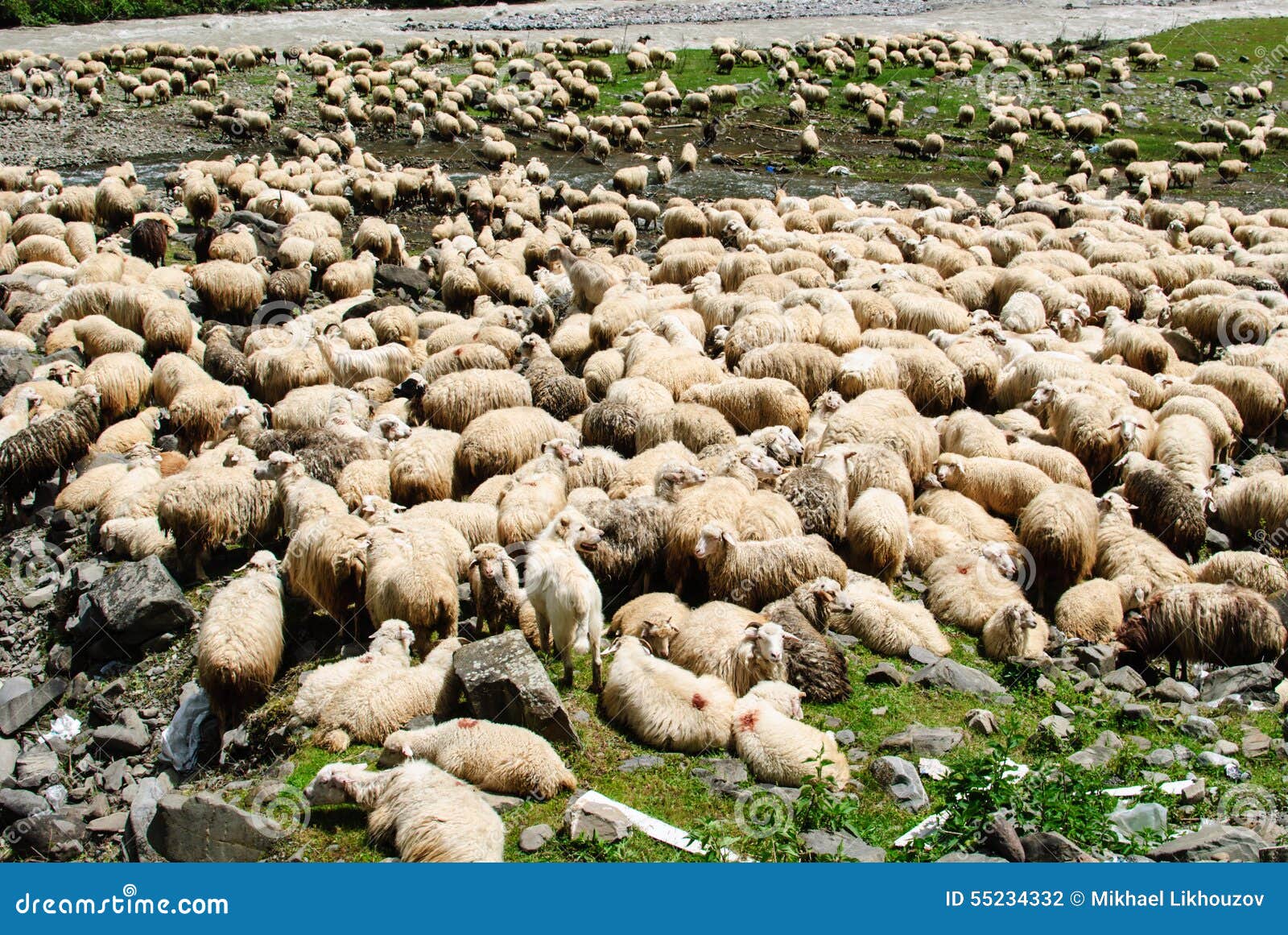

Ewes cycle every 14-19 days during the season of breeding. The ovulation time is 24-30 hours from the beginning of estrus. However, there are some breeds like Dorset that can be bred year-round.Įstrus (heat) is the period when ewes are receptive to mating and is of typically 24 to 36 hours. The best breeding time is from early fall to late winter. They have 24 molars and 8 incisors in total. Sheep do not have any teeth in their upper front jaw. READ: 5+ Reasons Why Can Animals Eat Raw Meat Fact 13: Teeth Facts Sheep are considered grazers, and this philtrum helps them get close to the ground than other ruminants to select the preferred leaves. Sheep have an upper lip that has a pronounced groove divided into the left and right side called philtrum. Sheep usually have four parts in their upper digestive tract or four-chamber stomach. Other ruminants include goats, cattle, deer, camels, llamas, giraffes, bison, buffalos, etc. They first eat the raw materials and regurgitate a semi-digested form known as “cud,” then they chew the cud. Sheep are ruminant that denotes any hoofed animal that digests food in two steps. Also, they can see behind themselves even without turning their heads! Fact 11: Sheep are Ruminant This kind of surround vision for the eyes is beneficial for prey animals. Their vision is estimated between 270 and 320 degrees, whereas average humans have 155 degrees. Sheep have an incredible peripheral vision because of their large rectangular pupils. Fact 10: Sheepish Surround Vision is Amazing

Sheep fighting is a part of a festival such as Eid-al-Adha, a Muslim Festival for Sacrifice in some countries. Cheese from sheep’s milk includes famous Greek feta, French Roquefort, Spanish manchego and sheep’s milk ricotta, and Italy’s pecorino romano. The sheep milk has higher levels of calcium, vitamins A, B and E, protein, higher levels of fat, riboflavin, zinc, niacin, and thiamine compared to the goat and cow milk. A sheep can produce between two and 30 pounds of wool a year, and one pound of wool from sheep can make 10 miles of yarn. The wool production capacity of sheep usually depends on their breed. READ: Can Squirrels Eat Popcorn? (And Which Foods Do They Actually Like) Fact 7: How much Wool do they Produce? Similarly, in 2015, a sheep named Chris found in Canberra, Australia, unloaded 89 pounds of fleece. There were instances like in 2004 when Shrek, the Merino sheep when given hair cut after six years, it was broadcasted on New Zealand national television and the wool derived from it could easily make 20 men’s suits. However, in the case of wild sheep and hair sheep, the breeds that naturally shed are exceptional. Wool of domestic breeds like Merino grows lifelong. The “raw wool” is usually processed through 70 steps to make it of the highest quality. The cut-off wool is washed, and then cleaned wool is dyed to give it color. Wool sheep usually are shorn once a year, which is called shearing. Merino and Rambouillet sheep are known for their fine wool. It is, therefore, an ideal fabric for making sweaters, coats, rugs, blankets, and much more. It is durable, insulating, wrinkle-resisting, fire-resistant, and moisture-absorbing. Wool is a fiber made from the fleece of the sheep. It also has other usages like strings of tennis rackets are made of sheep guts, candles, and soap are made from tallow rendered from sheep fat and cosmetics and skincare products from lanolin, an emollient found in sheep’s wool. The four main products from sheep are wool, meat-lamb, which is meat from sheep younger than 14 months and mutton, which is meat from sheep older than 14 months, and sheep’s milk. They are precocial or highly independent from birth, and also gregarious, which means animals who like to be in a group. This category of sheep may or may not have produced offsprings. Another sheep-type called yearling is found to be between 1 to 2 years. The male sheep are known by “ram” or “buck,” while the female sheep is called a “ewe.” A “wether” is a castrated male sheep, whereas a baby sheep is called a “lamb.” Sheep are usually over one year of age, and lambs are less than one year. 25+ Amazing Facts About Sheep Fact 1: What do sheep called? Here are 25+ amazing facts about sheep that one should know. Out of 900 different breeds around the world, there are over 40 breeds of sheep in the US. The United States is known for sheep rearing. The oldest organized industry was raising sheep. It was around 10000 years before in Central Asia when sheep were domesticated. Sheep have a vibrant history, and they can be linked back to biblical times.


 0 kommentar(er)
0 kommentar(er)
